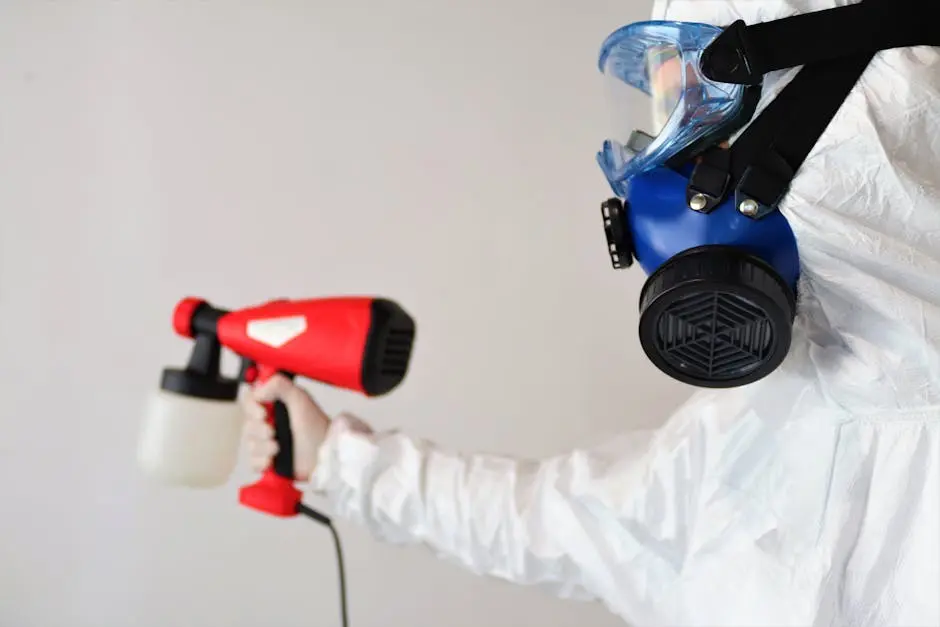Mold smells can be quite unpleasant and persistent, affecting the comfort of your home. The good news is that there are effective strategies to eliminate that odor for good. In this guide, we’ll walk you through the steps to not only identify the source of the mold smell but also ways to resolve it permanently.
Step 1: Identify the Source of the Mold Smell
The first step in tackling the mold smell is to find out where it’s coming from. Check areas prone to moisture, like basements, bathrooms, and under sinks.
Sometimes, hidden leaks or damp spots can be the culprits, hiding behind walls or in overlooked corners. Be thorough—mold can thrive in shadowy places!
Don’t forget to look for water damage on ceilings and floors. If you notice discoloration or peeling paint, it could indicate moisture accumulation, further exacerbating that stubborn mold smell.
Once you’ve sniffed out potential sources, take a step back and assess the situation. It’s vital to act fast because mold can spread quickly, making the odor even harder to eliminate over time.
Step 2: Clean Affected Areas
Once you’ve identified the source, clean the affected areas thoroughly using a mixture of water and vinegar or a specialized mold cleaner. This combination is powerful and eco-friendly.
Don’t just wipe over the surface; scrub thoroughly to remove mold spores. Remember, spores can linger and continue to cause that unpleasant smell if not addressed properly.
For stubborn spots, consider using a brush with stiff bristles to ensure you lift any hidden mold. If you prefer, there are commercial cleaners available specifically designed for mold removal.
Rinse everything with clean water after scrubbing and dry the surfaces well. Ensuring cleanliness is crucial in your mission to get rid of the mold smell.
Step 3: Dry Completely
After cleaning, ensure that the area is dried completely. Use fans or dehumidifiers to eliminate any remaining moisture. Mold loves damp environments, so dryness is your best friend!
If the weather permits, open windows to allow fresh air to circulate through the space. This will speed up the drying process and help dissipate the odor more quickly.
In particularly moist areas like basements, it might be beneficial to invest in a moisture meter. Monitoring humidity levels can prevent mold from returning and the smell from resurfacing.
Step 4: Use Odor Absorbers
To further combat residual odors, consider placing odor absorbers like baking soda or activated charcoal in the area. These natural deodorizers work wonders without leaving behind chemical scents.
For a more potent effect, blend these natural solutions with essential oils. Oils like tea tree or lavender have natural antifungal properties and can elevate your air quality while making the space smell pleasant.
Place these odor absorbers strategically around the affected area and change them out periodically to maintain freshness. A little goes a long way, so don’t overdo it!
Step 5: Maintain a Mold-Free Environment
Finally, maintain a mold-free environment by monitoring humidity levels and addressing leaks promptly. Prevention is key to keeping mold smells from making a comeback.
Consider using a dehumidifier regularly, especially during humid months. This will greatly reduce the chances of mold spores taking root and causing unpleasant odors.
Regularly inspect your plumbing and roof for any signs of leaks. Remember: staying proactive can save you a lot of hassle down the road.
Creating good ventilation in areas like bathrooms and kitchens also helps to keep the air fresh. Installing exhaust fans can significantly reduce moisture build-up, making your home less inviting to mold.
Final Thoughts
By following these steps and taking preventive measures, you can enjoy a fresh, odor-free living space. Remember, maintenance is key to keeping mold at bay and ensuring your home remains a healthy environment.
Call our experts today and let Rapid Air Testing handle your mold issues.



 Suspected areas of growth
Suspected areas of growth